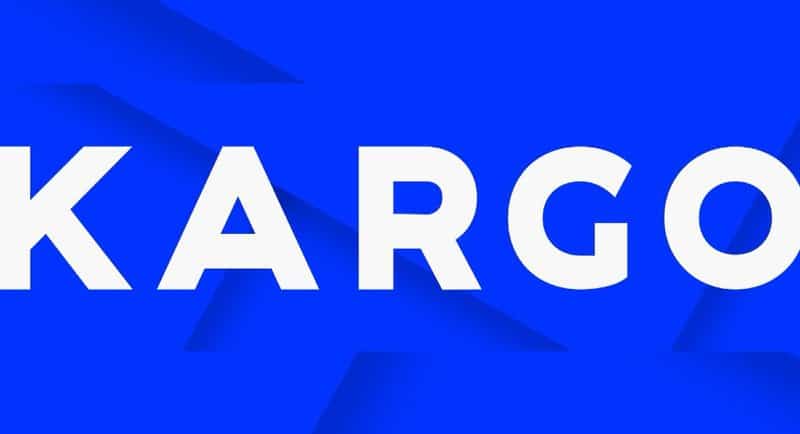By Neill Pitt, Kargo APAC Sales Director
Banner ads come in standard sizes, and while that makes it easy for advertisers and publishers to run millions of them, it also makes it easy for people to tune them out. Ad fatigue is a common problem around the world that has plagued advertisers for years. The prevalence of longer video ads in Asia several years ago resulted in many people looking to skip them. A recent study in Vietnam showed that 43% of people surveyed find ads annoying.
To fight ad fatigue and gain audience attention, advertisers must rethink their creative approach. If audiences ignore standard IAB display units and video ads, then advertisers must try new ad formats and creative designs in order to gain attention.
Crafting More Engaging Display Creatives
High impact display ad formats are one effective way to get attention from viewers who are scrolling a social media feed, in an app or reading an article on a website. A study from Lumen found that high impact ads get 2x to 4x more attention than standard banners.
Kargo has researched the benefit of using unique creative formats and has found that they can help advertisers “cut through the clutter.” These formats follow a number of important principles that have been proven to create a more engaging experience:
• Made to measure ads: Design creatives to fit the specific screen, such as the mobile screen, so that a viewer is completely immersed in the ad experience. Rather than using a small banner that is hard to read, Kargo offers units that “bleed” to the edge of the mobile screen.
• Design for engagement: Advertisers will capture more attention if they incorporate elements like audio and video into a display ad so that it stands out amongst standard banners
• Pop out and animate: Viewers will notice unique smaller ads that sit outside of a typical page template, such as a small overlay ad that features a product or small image. Adding movement or animation to the image will drive engagement even higher
•ª Coordinate banners on a page: To make a bigger impact, advertisers can design a “suite” of ads that all render at the same time or in a timed sequence to create a more impactful message.
Using these principles, advertisers will stand out amongst the crowd and make their display advertising work harder across key metrics such as awareness, brand recall and more.

Making the Most of Video
Video is a growing part of digital advertising. Typically, advertisers repurpose their TV commercials for digital video placements, but this is not always the best approach. On digital, people are not “leaning back” – they are scrolling through content and skipping content. Not only that, they have a very short attention span. Believe it or not, humans officially have a shorter attention span than goldfish—8 seconds vs a fish’s 9 seconds.
This can translate to very low video completion rates. Even in Asia. While Asia has the highest advertising video completion rates of any region in the world, they are still at only 34%, which means that two thirds of video ads are not watched to the end.
To ensure that a creative is engaging, brands must focus on those important first few seconds. Facebook’s study notes a few best practices to design ads that have a high impact in the important first couple seconds. For example, making sure that the product is in view right away. A study by Kantar shows that digital and TV ads in Southeast Asia must be “distinctive and meaningfully different” in order to succeed. Advertisers should be sure to also include mobile in their plans, as it is the fastest growth channel for APAC.
Use Attention Metrics to Get Better Performance
The IAB Australia has found that advertisers are trying to find new ways to reach audiences effectively. We have discussed that one way is to focus on ads that drive attention. To do that, advertisers need to be able to measure attention. While viewability is a popular measurement metric, it does not go far enough to help advertisers understand if their ad is making an impact.
For example, a video advertisement is considered “in view” if 50% of it is on the screen for at least two seconds. Attention, on the other hand, will provide a deeper understanding of how long and how much of the video ad was actually watched by the audience.
Kargo has not only designed a suite of creatives that deliver higher levels of attention, the company has also embraced attention metrics to help advertisers better understand the benefits of using unique creative formats. With the average person seeing thousands of ads per day, making an impact makes a big difference. Brands should not only test new creative approaches, but also new measurement approaches to cut through the clutter with their audience.
